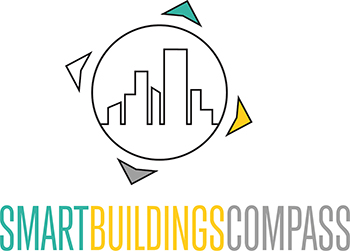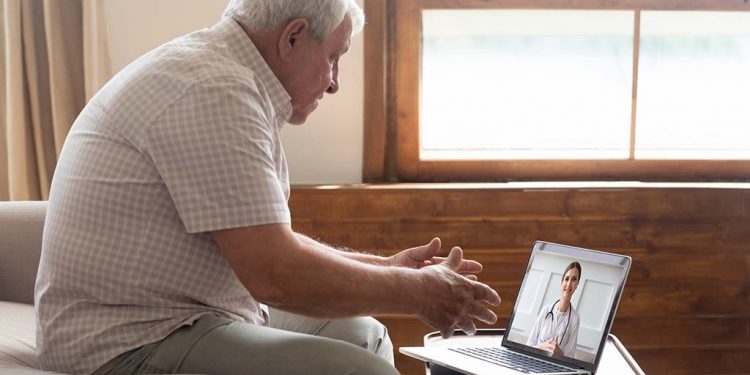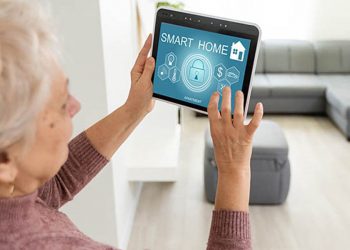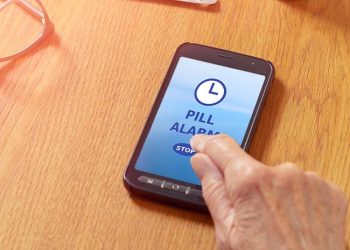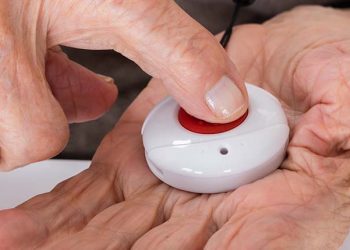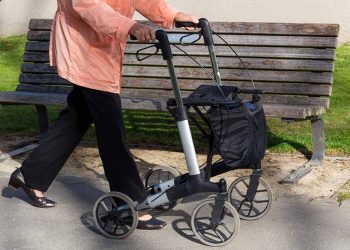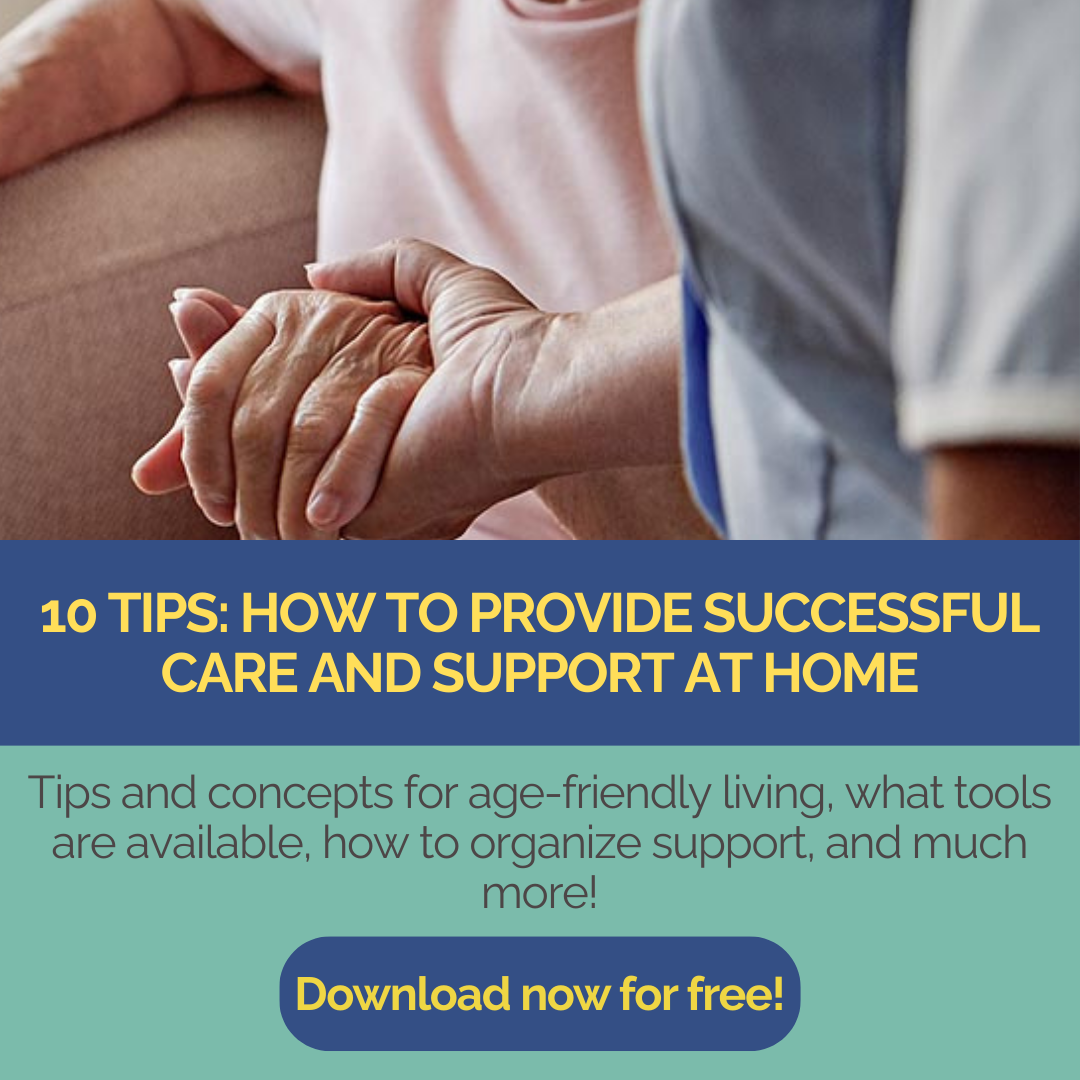Telemedicine refers to the use of modern communication technologies to provide medical services remotely.
This can include consulting a doctor, monitoring health data or carrying out diagnoses and treatments via digital platforms such as telephone, video call or special health apps. Telemedicine enables patients to receive medical advice and care without direct contact with a doctor or clinic. This form of care improves medical care in sparsely populated areas with little basic medical infrastructure, for example.
Benefits for older people:
For older people, telemedicine offers a number of benefits that can significantly improve their quality of life. Especially for people who live in rural areas or have limited mobility, telemedicine is a valuable solution. Older people no longer have to travel long distances to see a doctor. Instead, they can receive medical advice from the comfort of their own home, which significantly reduces effort and stress.

Another important advantage is timely medical care. Particularly in the case of chronic illnesses or regular check-ups, telemedicine services can help older patients receive medical support more quickly. Even in the case of acute health complaints, they can receive an immediate medical assessment without having to wait for an appointment.
The monitoring of health data also plays an important role. With the help of wearable devices and apps, vital signs such as blood pressure, blood sugar and heart rate can be regularly monitored and transmitted to the doctor treating the patient. This enables continuous monitoring of health status and early detection of problems before they lead to serious illness.
Conclusion:
Telemedicine offers older people a convenient, safe and efficient way to optimize their healthcare. By using modern technology, they can meet their medical needs more quickly and flexibly, allowing them to maintain their independence while receiving high-quality medical care.
Image: Shutterstock
Author: Anja Herberth
Chefredakteurin
